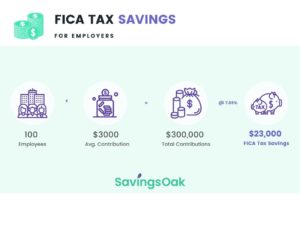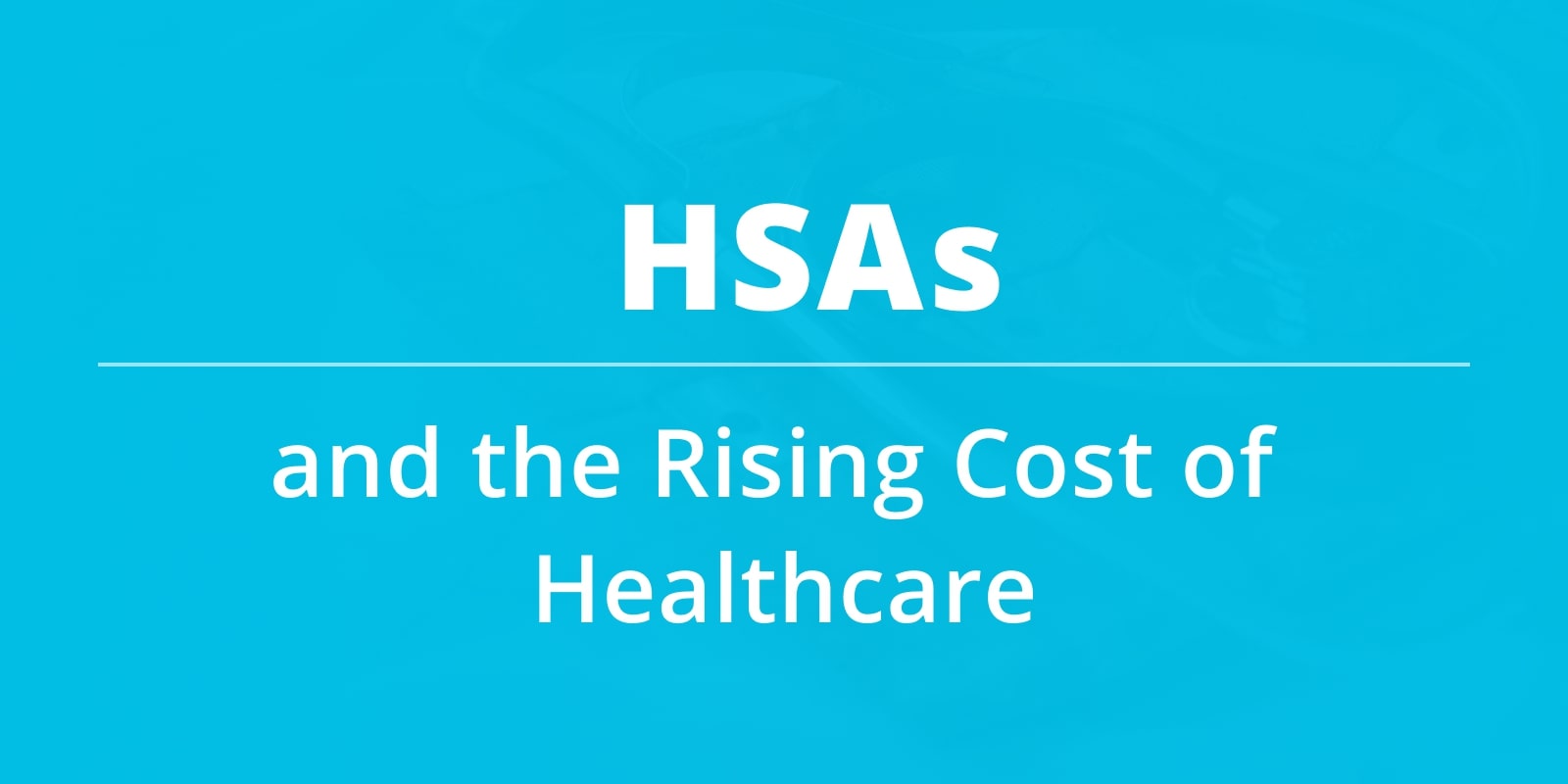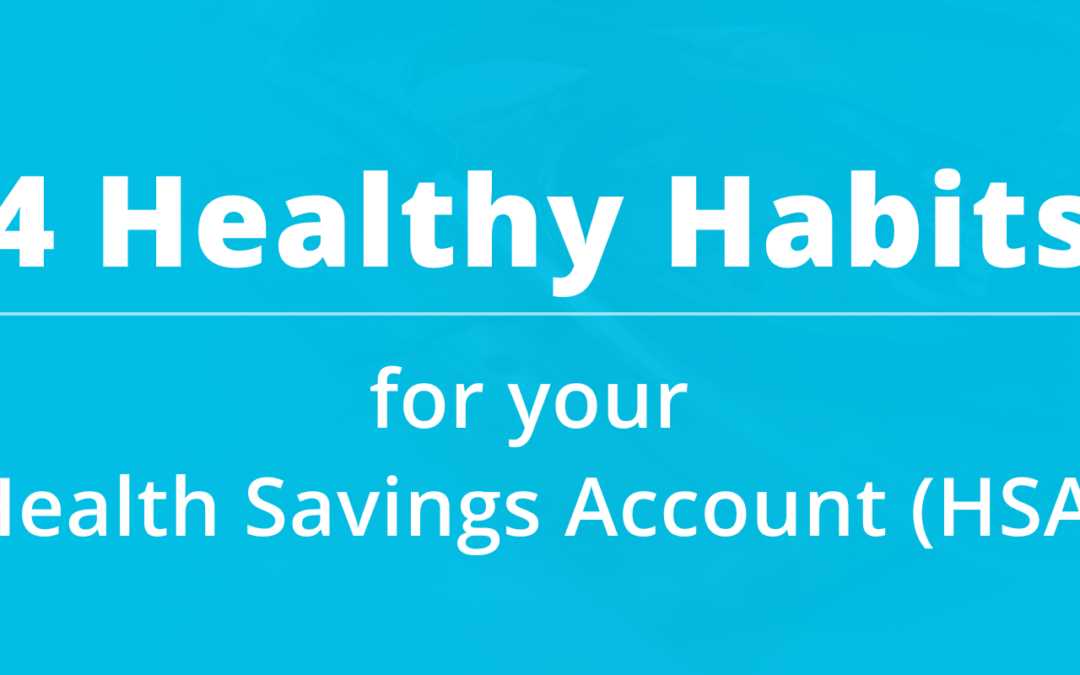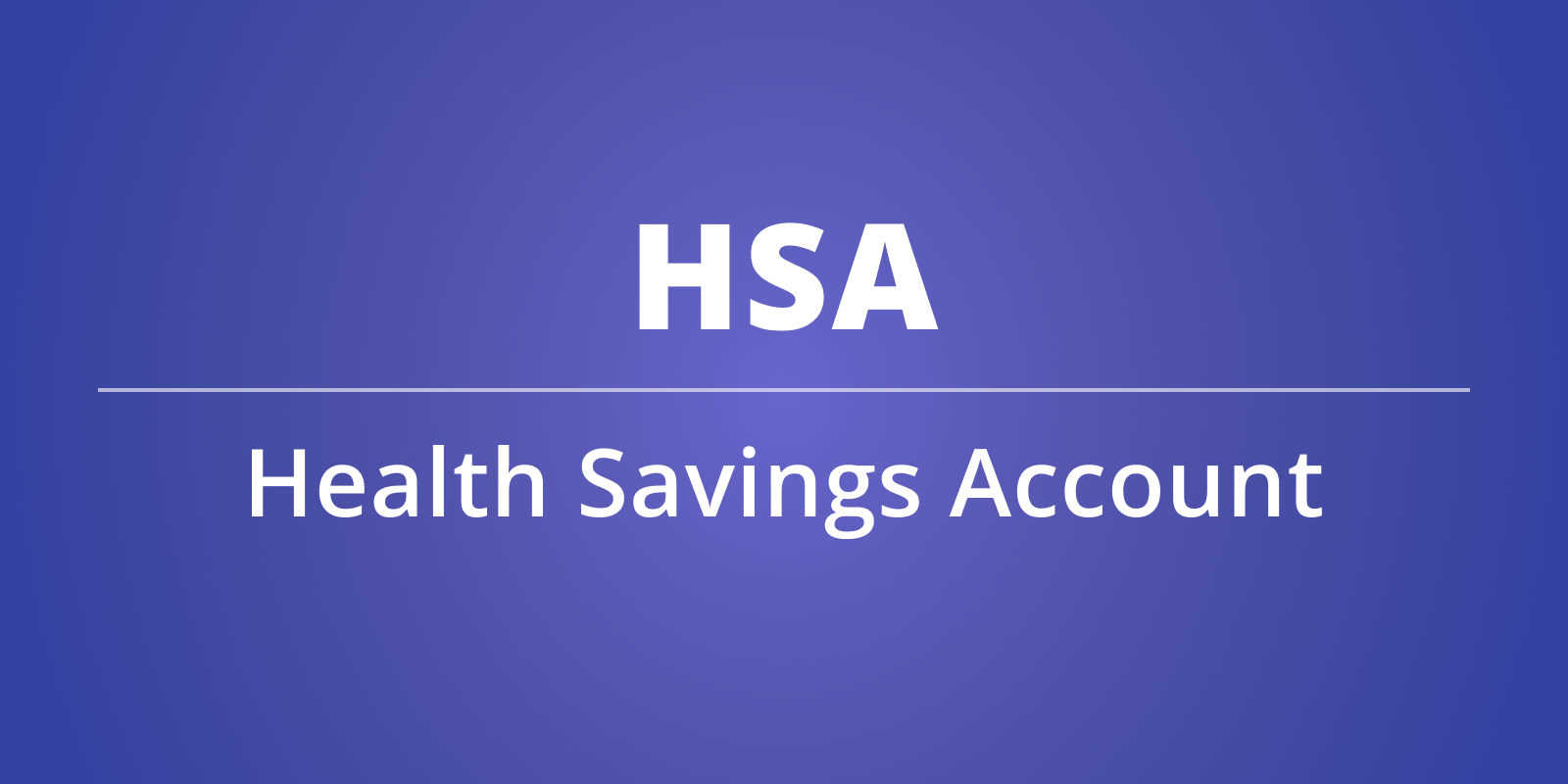Most Americans aren’t adequately prepared for retirement. To make matters worse, the majority aren’t saving enough to catch up. And that is not including medical expenses in retirement. In 2020, a couple could need $325,000 for healthcare-related expenses in retirement alone. Those numbers will continue to rise with each passing year. Rising health care costs are reaching a crisis point. One potential solution for both employers and employees to mitigate healthcare costs is Health Savings Accounts (HSAs). The problem is that the basics of these accounts—what they are, how they work, how they help save costs—are not often well known or even well understood.
Impact on Small and Medium Businesses
The impact of the rising cost of healthcare on small and medium businesses, which account for 47% of all employees in the U.S., is significant. Both employers and their employees are affected in numerous ways. Over the past decade, there has been a 55% increase in the average premium paid by an employee for family coverage, double the average rise in their salary earnings, and three times the inflation rate. Employers are seeing a loss of productivity due to financial stress and carrying a projected extra $2000 cost per employee.
HSAs to the Rescue
How can HSAs help rising costs for both the employer and the employee? One crucial aspect is the significant tax advantage for both parties.
Employers, particularly small and medium businesses, benefit from offering an HSA to their employees. Any money contributed to an HSA by the employee, or the employer is exempt from FICA tax. That is a tax savings of 7.65% for the employee AND 7.65% for the business.
Let’s break all this down in real numbers:
An employer has 100 employees
Each employee contributes $3000 in average contributions
Total Contributions = 100 x 3000 = 300,000
The FICA tax savings for the employer: 300,000 x 7.65%= $23,000
As you can see, the tax savings can add up quickly!

Employees can take advantage of the account’s Triple Tax Advantage to save money on their health care expenses: 1) HSA contributions are all pre-tax, 2) growth in the HSA account is tax-free, 3) withdrawals are non-taxable (if used for qualifying medical expenses). Additionally, any money not used for immediate medical expenses can be invested to grow over time for those high-cost retirement medical expenses.
While rising healthcare costs aren’t going anywhere, HSAs are a great way to help people plan and prepare for them and increase their financial well-being altogether.








